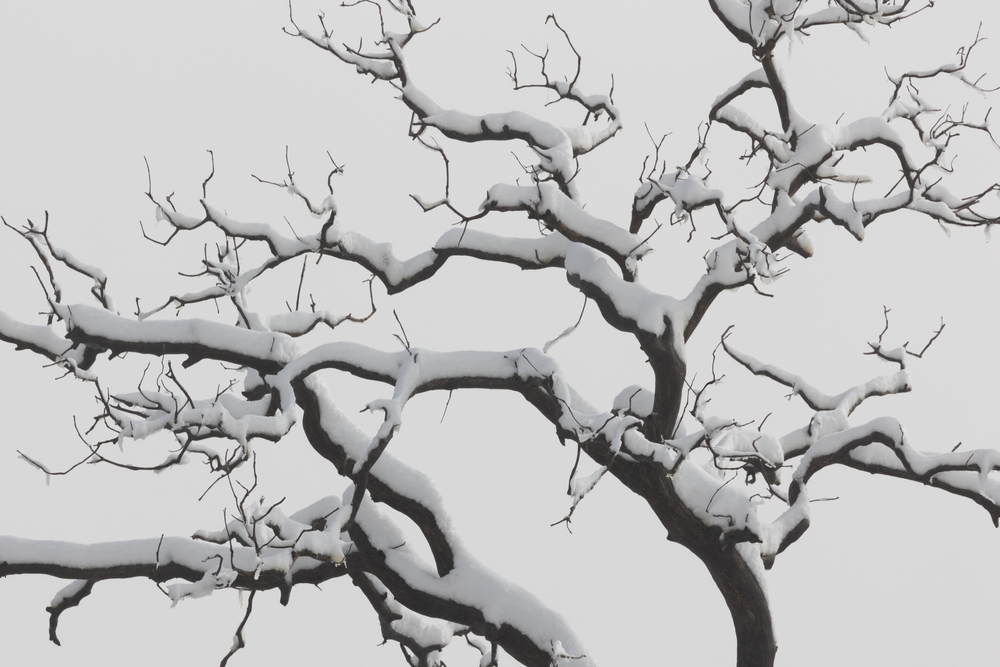Winter storms can be tough on trees, especially if they aren’t properly prepared for the harsh conditions. Ice, snow, and strong winds can lead to broken branches, uprooted trees, and even property damage. Taking the time to prepare your trees before winter hits can help protect your landscape and reduce the risk of costly damage. Here’s how you can prepare your trees for winter storms and ensure they remain strong throughout the season.

Inspect Trees for Damage and Weakness
Before winter arrives, it’s important to assess the condition of the trees on your property. Weak, diseased, or damaged trees are more likely to break or fall during heavy storms. Look for cracks in the trunk, dead branches, and signs of disease like fungus growth or peeling bark.
Prune Weak and Overgrown Branches
Proper pruning is essential for reducing the risk of falling branches during snowstorms and high winds. Heavy snow and ice can weigh down branches, causing them to snap and fall onto homes, cars, or power lines.
Trimming overgrown, dead, or weak branches helps improve tree structure and prevents hazardous breakage. It’s best to prune before winter sets in to avoid dealing with snow-covered branches that are more difficult to remove safely.
Protect Young and Vulnerable Trees
Young or newly planted trees are especially vulnerable to winter storms. Their roots aren’t as established, and they may lack the strength to withstand heavy snow and wind.
To protect them:
- Wrap trunks with burlap or tree wrap to shield against freezing temperatures and frost cracks.
- Stake young trees to provide stability in strong winds, but be sure not to over-tighten the supports.
- Apply mulch around the base of the tree to help insulate roots from extreme cold.
Taking these precautions can help young trees survive the winter and grow stronger for future seasons.
Clear Debris and Weak Limbs Near Structures
Trees that are close to your home, garage, or power lines pose a higher risk during winter storms. Weak limbs can break and cause significant property damage. Clearing away hanging or unstable branches before winter reduces the chance of storm-related hazards.
Additionally, remove fallen leaves, dead limbs, and other debris from around the base of trees to prevent mold and pest infestations during the winter months.
Monitor for Ice and Snow Accumulation
After a winter storm, check your trees for signs of stress due to ice or heavy snow buildup. Large branches weighed down by snow may bend dangerously, and ice-covered limbs are at risk of breaking.
If branches are bending under the weight, gently remove excess snow by brushing it off with a broom. Avoid shaking branches, as this can cause them to snap. If ice accumulation is severe, it’s best to let it melt naturally rather than trying to remove it manually, which can cause further damage.
Know When to Call a Professional
If a tree has suffered significant storm damage, appears unstable, or has fallen, it’s best to call a professional tree service. Attempting to remove large limbs or fallen trees on your own can be dangerous, especially if power lines or structures are involved.
Protect Your Trees and Property This Winter
Winter storms can be unpredictable, but with the right tree care, you can minimize risks and keep your landscape in great shape. Regular inspections, pruning, and protective measures will help your trees withstand harsh weather conditions while preventing property damage. If you need professional tree care this winter, contact Hagan & Sons Tree Service today to schedule an inspection or pruning service. Let us help you prepare your trees for a safe and damage-free winter season!
